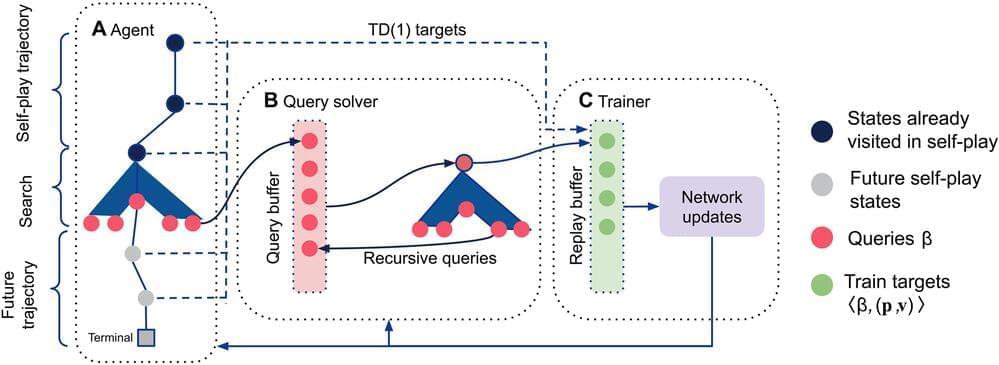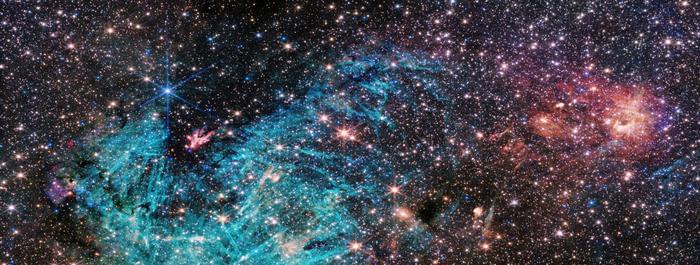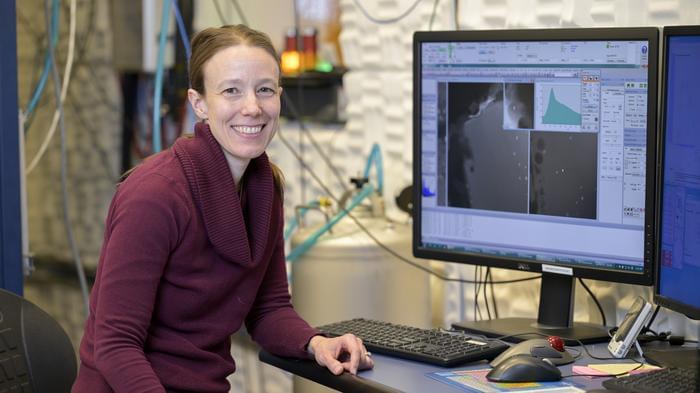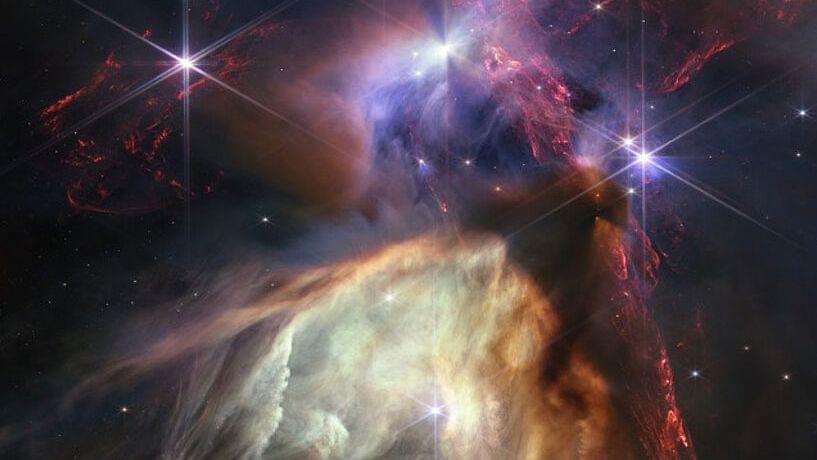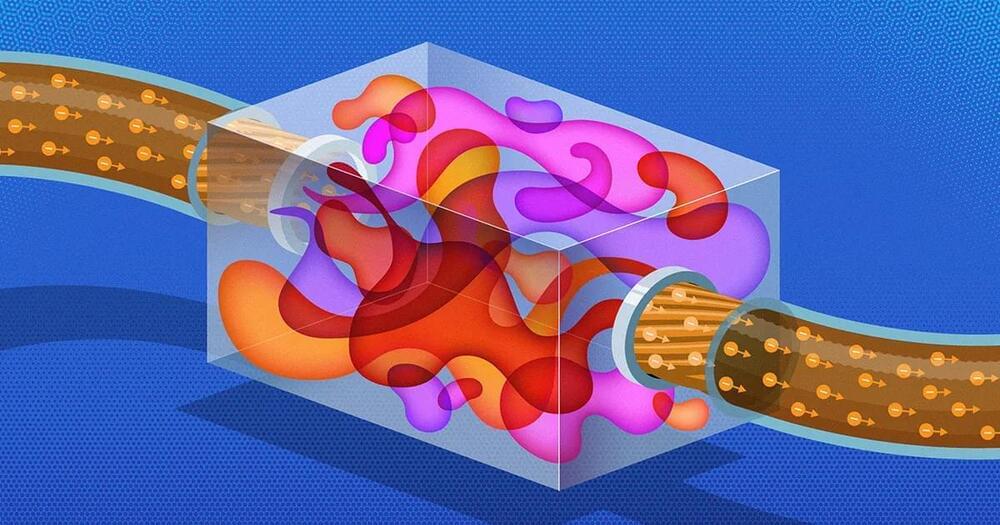A team of AI researchers from EquiLibre Technologies, Sony AI, Amii and Midjourney, working with Google’s DeepMind project, has developed an AI system called Student of Games (SoG) that is capable of both beating humans at a variety of games and learning to play new ones. In their paper published in the journal Science Advances, the group describes the new system and its capabilities.
Over the past half-century, computer scientists and engineers have developed the idea of machine learning and artificial intelligence, in which human-generated data is used to train computer systems. The technology has applications in a variety of scenarios, one of which is playing board and/or parlor games.
Teaching a computer to play a board game and then improving its capabilities to the degree that it can beat humans has become a milestone of sorts, demonstrating how far artificial intelligence has developed. In this new study, the research team has taken another step toward artificial general intelligence—in which a computer can carry out tasks deemed superhuman.
